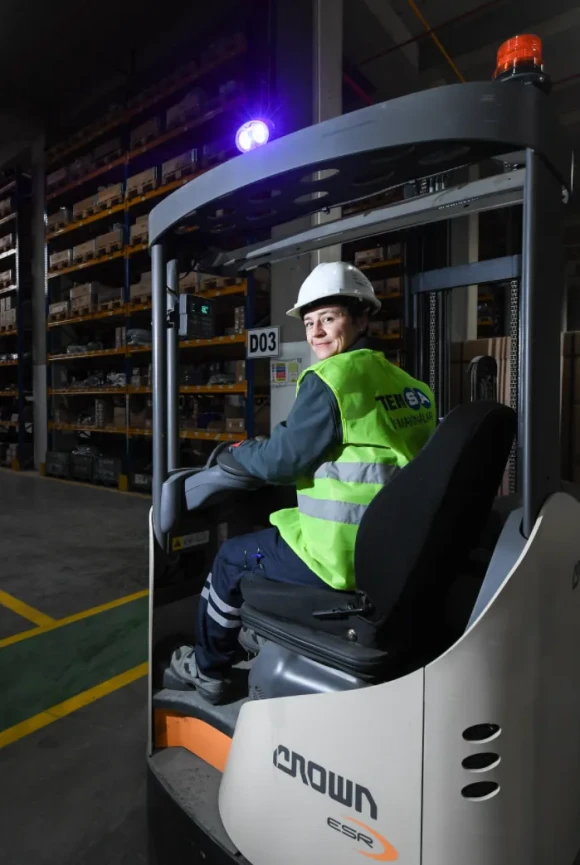Gender norms in many societies result in women and girls being expected to put home and family ahead of education and career. Cultural and social practices limit career options for women and men. At work women face environments that operate under standards designed by and for men defining the ideal prototype and defining what successful looks like: tough, assertive, dominant, and unemotional. There are implicit workplace standards to which women are expected to adhere, affecting their recruitment and retention. Having children often results in women paying a ‘motherhood tax’ in their jobs. Gender compounds the discrimination women may already face in the workplace.
Transforming gender norms is a complex task that requires a coordinated, ecosystem approach – from changing individual and family attitudes and media's portrayal of girls and women in STEM, to reforms in education and labour market policy.
Sharing positive messages with girls about their STEM abilities is critical from early childhood through to adolescence – by parents and teachers, especially. Exposing them to women role models and providing them with equal opportunities as boys to engage with STEM toys and activities has the potential to influence gender socialization. This in turn disrupts harmful gender norms that lead girls to doubt their competence in STEM and have low self-esteem. Furthermore, if secondary schools and colleges can actively promote girls’ access to STEM studies, these norms could start to disappear.
As we witness the impacts of Covid-19, technology and automation on the nature of work and the needs of the work force, we have a unique opportunity to dismantle gender stereotypes in STEM and to advance human rights, inclusive economies and innovation for gender equality.

Sign up to receive STEM4ALL updates and news as we continue to grow and expand.